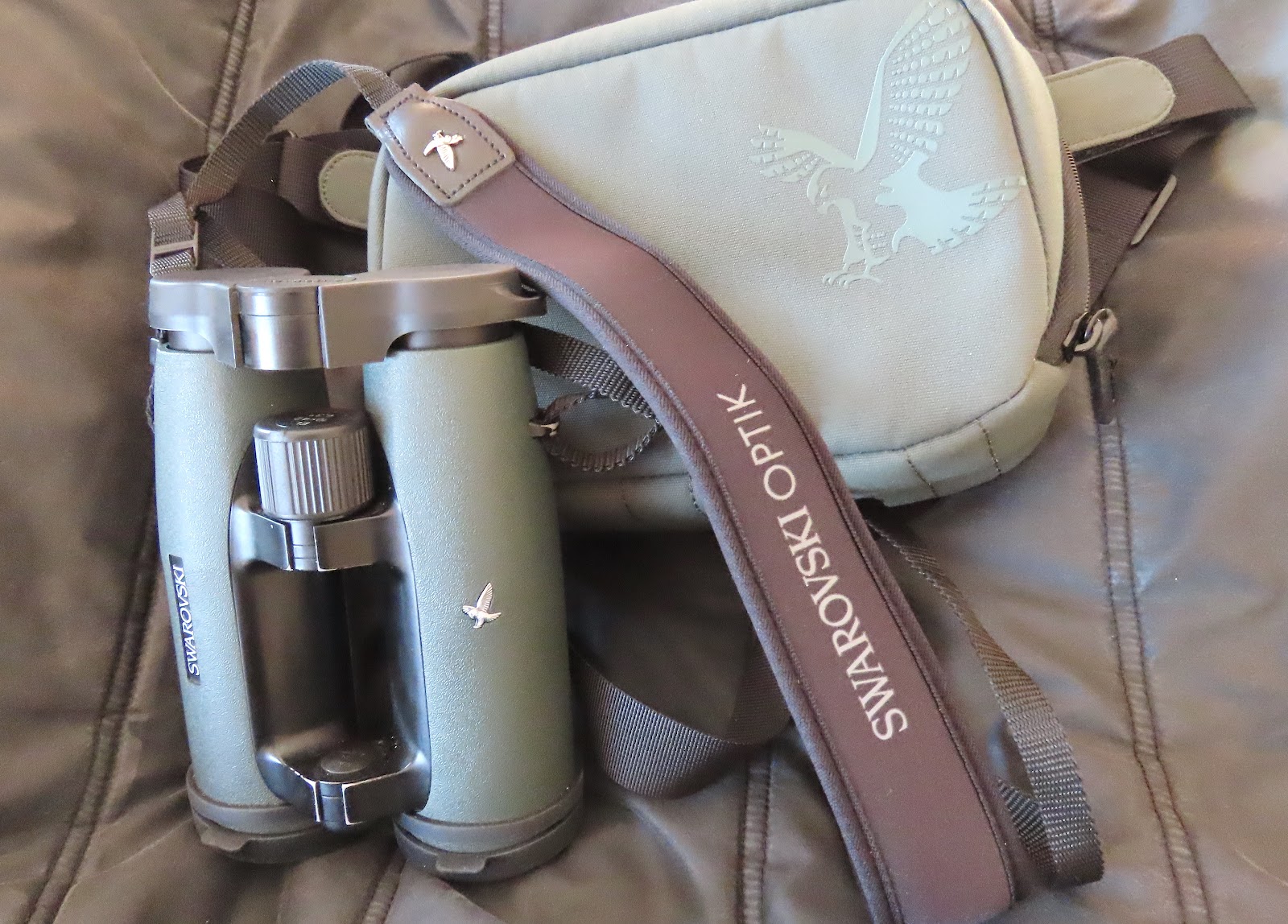Birding fight club
This is not as simple a decision as it sounds. Size immediately comes into play. You can imagine the mismatch if a Goldcrest took on a Canada Goose. Then manoeuvrability needs to be taken into consideration, although what's good in the air (a Swift, for example) might be a sitting duck (or in this case a sitting Swift) on the ground - by the way, Swifts have secret weapons, as they possess very sharp claws, although being on the end of stumpy legs degrades their weapon of choice. Weight will be important, to either flatten the opposition or to enable a strike to have plenty of momentum. We also need to take into consideration the instruments of pain that the species have at their disposal. The bill (raptor sharp, heron dagger, Hawfinch bulk), claws (raptor talons, swift needles) and wings (a swan can break reinforced concrete with a single flap!). Length of neck and leg should not be forgotten.
But before we get carried away, the venue of battle needs to be factored in. A Gannet sitting on the sea will see off a Crane (that will be drowning), but on land the long-legs and neck of the Crane will enable it to run rings around the floundering Gannet and nip in to land savage blows with its bill. Smaller raptors are all well and good in the air, dodging assaults and landing glancing blows with their talons, but would have to submit if a Raven decided to have a go on land.
Raptors will be early favourites to supply the species that will reign supreme, although the falcons will be too lightweight, larger hawks will lack reach and although eagles will make a mess of most birds they will be slow compared to similarly large species like herons and cranes. It is here that I think we will find our champion. The larger herons have wicked dagger-like bills, a long reach, lightning reflexes and a long gait to enable quick 'in-and-out' jabs. What about a crane? Or a stork come to think about it...
THERE'S ONLY ONE WAY TO FIND OUT!!!




Comments
My money's on a heron!